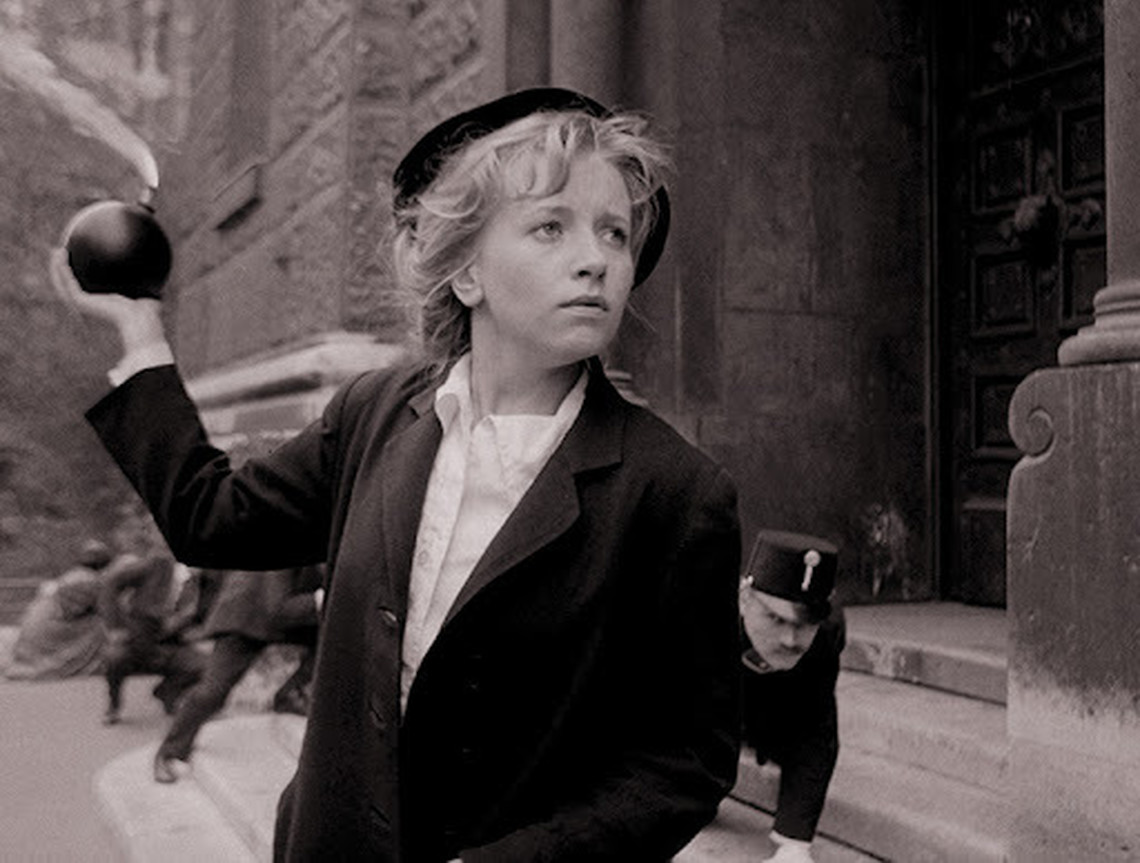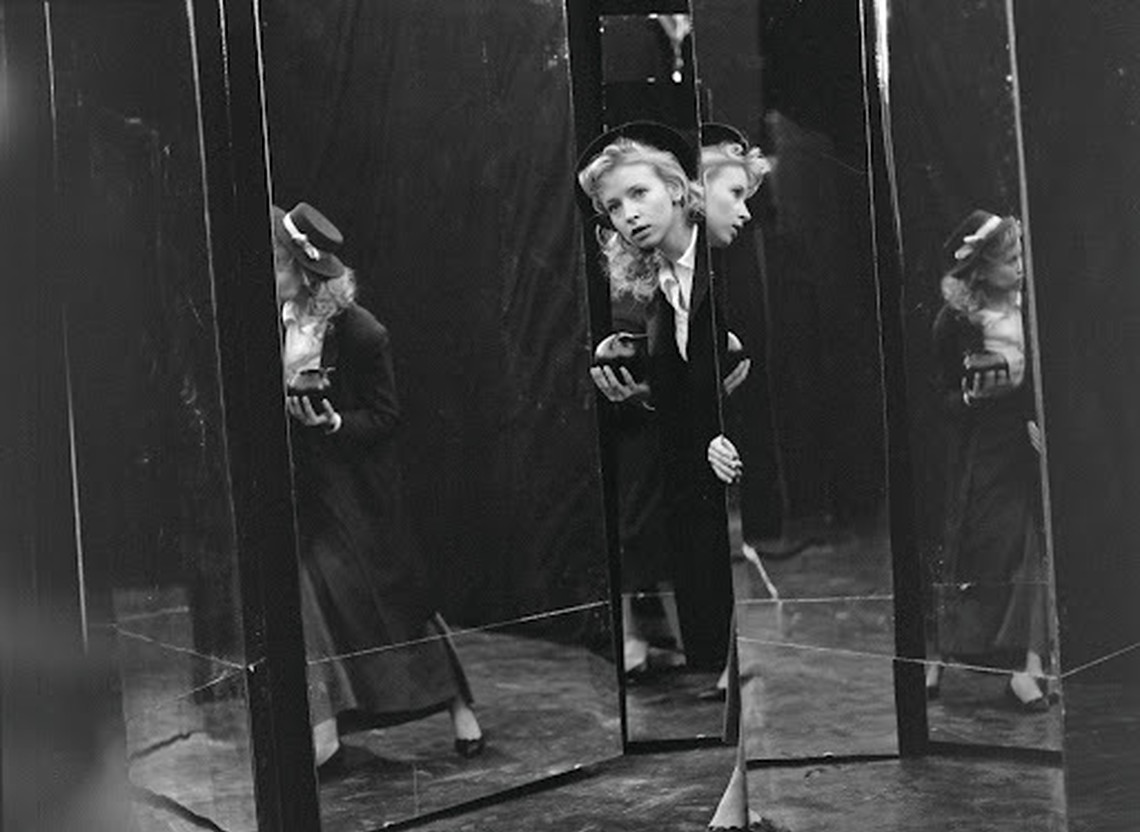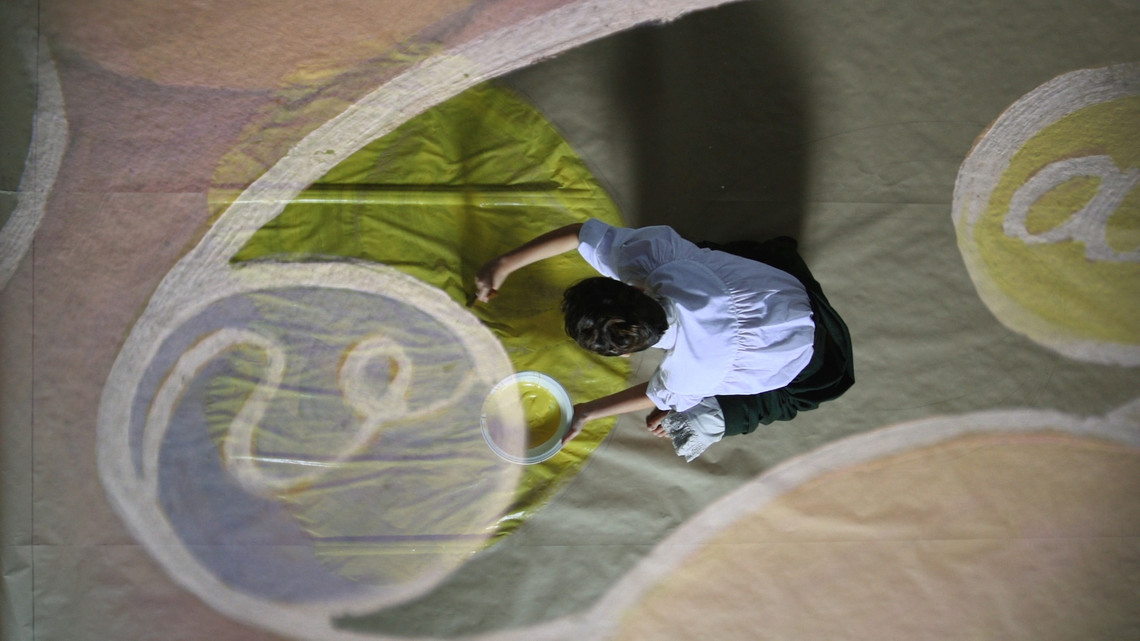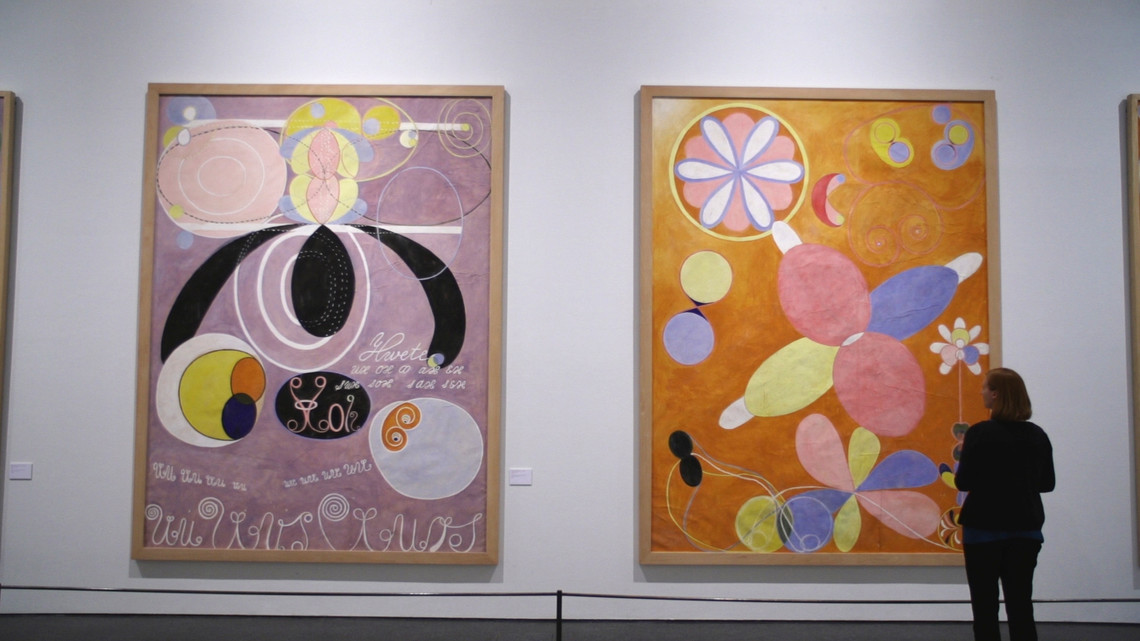Rachel Pronger examines how the invisible histories of female lives are reinstated in two of our upcoming Visions of Europe films.

A woman is directionless. She is neither good nor bad. She is simply non-existent. There’s no such thing as a woman! She doesn’t exist!
Do women exist? It’s a question that I ask myself surprisingly often. As co-founder of feminist collective Invisible Women, I spend a lot of time thinking about how female filmmakers fit into cinema history. Despite the industry’s systematic sexism, many women have played vital roles in the development of film over the decades. Yet, histories often fail to reflect their achievements and the canon remains stubbornly male-dominated. After another discouraging flick through a book virtually empty of female names, I find myself asking – do women exist?
Much of this historical erasure cannot be undone. There’s nothing we can do about the many women whose careers were curtailed due to the hostility of their male peers. There’s no way to rescue the many female-directed films that have been lost to damage and decay. How do we bridge these gaps, between the visible history that has been preserved, and the invisible history that lies like a ghost behind the official narrative?
Hungarian director Ildikó Enyedi offers one potential answer: we can make it up. In My 20th Century (1988), Enyedi does just this, imagining an alternative history of turn of the century Europe as seen through women’s eyes. The film opens in New Jersey in 1880, as Thomas Edison presents his new invention, the lightbulb, to a crowd of top-hatted spectators. It’s a spectacular start, but Edison is not our protagonist. Suddenly, Enyedi shifts focus, transporting us to Budapest where, at the exact moment that Edison unveils his invention, a poor woman gives birth to twins. This switch – from wealth to poverty, US to Hungary, man to woman – sets up a story centred on the unseen and unremembered.

The twins, Dóra and Lili, grow up separately on different paths. We next meet them aboard the Orient Express on New Year’s Eve, 1899. In the dining car, surrounded by admirers, we find Dóra, now an exquisitely dressed con woman, grifting her way across society on a tide of champagne and weak men. Over in third class, her estranged sister, now an idealistic revolutionary, sits amongst her fellow proletariat with an anarchist’s bomb under her skirt. While Dóra survives by using her sexuality to game the system, Lili is convinced that only destroying that system will win her independence. “You must realise women’s emancipation will go beyond the right to vote,” she tells a would-be lover. “The time is coming when women will make dynamite instead of coffee.”
Lili’s radicalisation is driven by frustration. Despite the revolutionary politics of the era, women’s rights remain contested. In one scene, Lili attends a meeting organised by the Hungarian Feminist Association. A nervous young man – a sign introduces him as Otto Weininger, a real Austrian philosopher infamous for his misogynist theories – addresses an all-female audience. At first, he declares that he supports female suffrage and the audience cheers, but they soon fall silent when he descends into a bizarre rant. “There’s no such thing as a woman!” he repeats with rising hysteria. “She doesn’t exist!”
My 20th Century is a speculative counter-history. The fantastical narrative is anchored by real events, archive footage and cameos from historical figures. There’s no illusion of reality – the gorgeous cinematography is unapologetically dreamlike – but Enyedi’s achievement is to take us beyond the ‘real’. Enyedi’s approach needs to be heightened because re-inserting female stories is an enormous task. Only through leaps of imagination can we achieve the impossible.

Another artist who wanted to expand the boundaries of reality was Hilma af Klint. Born in Stockholm in 1862, Klint was a real-life contemporary to Enyedi’s twins. Although a gifted painter, she lived reclusively, barely exhibiting in her lifetime. Klint’s fascination with the occult – she believed she was channelling spirits in her paintings – further alienated her from the art establishment. She died in obscurity in 1944, leaving behind 1300 paintings.
Halina Dyrschka’s documentary Beyond the Visible(2019) argues that Klint’s historical erasure is an injustice. She portrays Klint as a pioneer, a visionary who was painting abstracts five years before Kandinsky “invented” the form in 1911. One impressive sequence presents works by famous artists – Albers, Twombly, Mondrian, Warhol – side-by-side with strikingly similar pieces by Klint painted years earlier. Like Enyedi a century later, Klint was inspired by contemporary scientific discoveries, and her abstracts often resemble cellular structures, atoms and x-rays. Today Klint’s paintings feel eerily futuristic.

While Enyedi’s alternative history relies on imagination, Dyrschka’s rests on hard evidence. Through thorough analysis and expert interviews, she presents a watertight argument. The central mystery of the film is why Klint’s work was ignored for so long. Klint’s resistance to the market, isolation and spiritualism was used against her, but the real issue seems to be how these eccentricities combined with her gender. The art world’s conception of genius is resolutely male and challenging this risks disrupting the whole canon. Accepting female genius threatens to explode the very foundations upon which the cultural consensus is built.
In Dyrschka’s film, scientist and Klint fan Peter Fischer describes the universe as 95% dark matter. Klint’s art was an attempt to reach beyond the limits of her sight and capture this hidden world. In the same way that vast swathes of reality are invisible to us in our daily lives, so is much of history. For every Hilma, there are countless Dóras and Lilis, undocumented female lives that cannot be rediscovered. This loss is irreversible, but perhaps we can follow Enyedi’s lead to create a kind of compensation. Invented lives to replace real ones. Invisible histories made, through the force of our imaginations, visible once more.
This blog was written by:

Supported by Film Hub Scotland, part of the BFI’s Film Audience Network, and funded by Screen Scotland and Lottery funding from the BFI.

